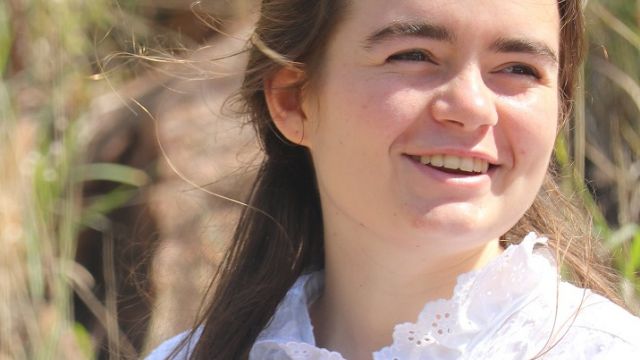Picnic At Hanging Rock
It is hard to believe that Peter Weir’s seminal film Picnic at Hanging Rock first came to our screens 44 years ago.
Now regarded as one of Australia’s classic films, it has gone on to be adapted for television, and was first adapted for stage only three years ago by Melbourne’s Malthouse Theatre in an interesting production which had five female actors play all the roles – male and female.
Of course, it is the story of the mysterious disappearance of several schoolgirls and their teacher while on a visit to Victoria’s Hanging Rock on Valentine’s Day, 1900, a story which is deliberately ambiguous as to whether it reallyhappened or did not. The ensuing plot shows how people’s lives unravel as a result of rumour and innuendo in an inflexible society infinitely less tolerant than ours is today.
As part of its 50th birthday season, the Townsville Little Theatre (a community theatre company) is to be congratulated for at least having the courage to mount such a production. Featuring an enormous a cast of 26, this was to make a brave attempt at what is essentially a delicate period Chekhovian piece. And therein lies the challenge – to deliver a convincing staging of a play which has a subtle, ethereal quality (personified by the central character, Miranda) where we do not see action but reaction – all qualities of a Chekhov play.
What will make this piece work is the portrayal of social mores, manners, deportment, restraint of movement and gesture, class distinction and adoption of the more formal language and manner of speech of a bygone era. It is not enough to simply adopt the dress of the time - it goes much deeper than that. And while I appreciate it is difficult through the telescope of time to understand just what this means, this is the key to the success or not of this play, and the production would have benefitted from detailed research and observation in these key areas.
For example, the way we move today is much freer and unrestrained – in 1900 young ladies had lessons in deportment, in itself a subtle comment on the time. They did not take large strides. Deportment and standing straight was drummed into them and they were taugh “to be young ladies.” Social observations down to the manner in which tea is served and way teacups are handled need to be observed, as well as the details and niceties of a myriad of small things which all contribute to the overall depiction of a time gone by.
Staged at Dancenorth’s School of Arts Theatre, it was a refreshing change from the restrictions of from the company’s customary venue, Pimlico High School, which was damaged from the recent floods. This change of venue allowed for more creativity in terms of set and lighting, both of which gave singularly good impressions to begin with, assisted no end by the interesting selection of music (itself an outstanding feature of the film).
However, this initial promise did not hold true, as unfortunately the production fell into the trap that befall so many who attempt Chekhovian style plays – and that is to portray it in a sombre and slow fashion. Indeed, for this production to have been successful it would have benefited not only from intensive analysis of character and language, but also needed an injection of energy and pace.
What was refreshing though was to see so many new faces gracing the stage – many for the first time - and this should of course be encouraged. Particularly impressive were performances from Alishia Carr, Casey Feltham, Sarah Mathieson and Jack Lestone, who displayed a singularly strong stage presence in his first role.
Trevor Keeling
Subscribe to our E-Newsletter, buy our latest print edition or find a Performing Arts book at Book Nook.

